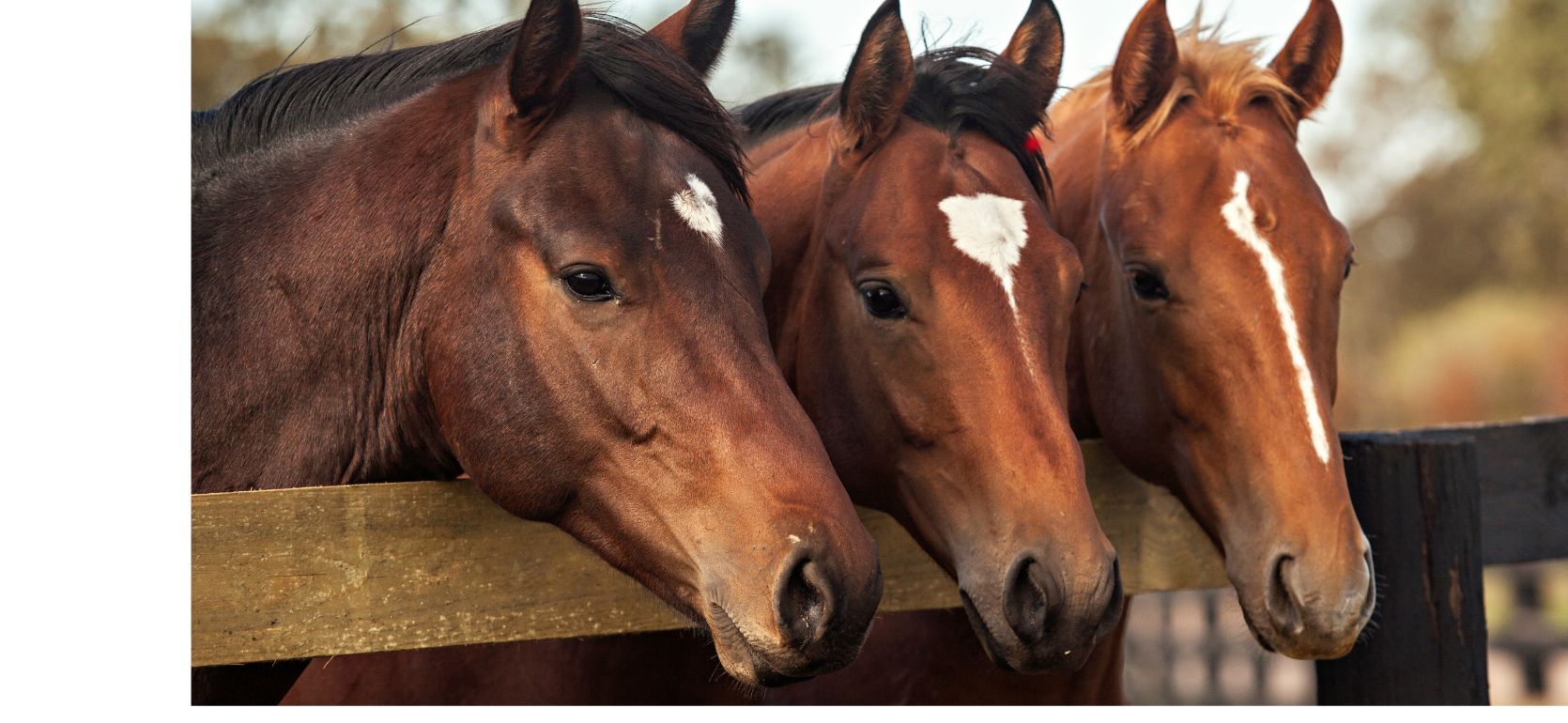
Equine Law Blog
Many riding instructors have no home base but, instead, do business by traveling from stable to stable. The problem is, stables put themselves at risk of liability by providing facilities for lessons. What should stables consider when they are approached by instructors who seek to give lessons on stable’s property?
Risks
Liability is, by far, the stable’s biggest concern. Certainly, roving riding instructors operate independent businesses, but that fact does not make these arrangements risk-free for stables where they operate. When someone is injured and hires a lawyer, the reality is that the lawyer will usually direct claims or lawsuits against all people or businesses having any possible connection to the incident – and the stable is very likely on the list. Worse, if the instructor’s relationship to the stable is not clearly documented or understood, a lawyer might assume that the instructor is an agent, employee, or business partner with the stable.
Avoiding Liability
Stables, in an effort to protect themselves against liability, can consider several options. Here are some of them:
Insurance
Proper liability insurance is a must for both the stable and the instructor. The problem is, independent riding instructors sometimes fail to insure themselves, or they assume that the stable’s policy protects them. Nothing could be farther from the truth; a stable’s coverage might not extend to independent business providers on the property. And even if it did, the stable’s policy might not be designed, anyhow, to cover riding lessons on the property. Consequently, if a claim or suit is brought arising from a lesson, the stable and the instructor run a serious risk of having no coverage.
Stables can consider several options:
- Rather than wait for the independent instructors to buy insurance that could protect everyone, the stables can purchase insurance coverage – if available – for riding lesson activity done on the premises.
- Stables can require all visiting instructors to show proof of adequate liability insurance with acceptable policy limits. Stables can also ask to be added to the instructor’s policy as an “additional named insureds.”
- Stables can decline to allow independent instructors, especially if they have no reasonable assurances that the instructor is protecting the stable.
Since issues involving insurance coverage and additional insured designations can be quite complex, stables should discuss them with their lawyer or insurance agent.
Liability Releases
Stables and instructors have an incentive to require their customers and visitors of legal age to sign well-drafted releases of liability (also called “waivers”), where allowed by law. The fact that the stable and instructor use their own separate documents can further evidence that they have independent businesses. Stable management, for their own protection, can have a knowledgeable lawyer draft or approve their contracts and releases. And, since the stable is relying on the validity and enforceability of the instructor’s release, it can also have its own lawyer evaluate the instructor’s release complies with state requirements.
Equine Liability Act Sign and Contract Requirements, If Any
As of December 2011, 46 states have some form of an equine activity liability act. All of them differ. Many of these laws require “equine professionals” and sometimes “equine activity sponsors” to include certain language in their contracts and releases. Also, the laws often require that the “equine professional” post certain “warning” signs on the premises. Interestingly, the applicable law might only obligate the instructor to post a warning sign, not the stable. Make sure to comply with sign posting requirements and contract language requirements, if any apply.
If you have any questions, please let me know.
- Shareholder
Julie Fershtman is considered to be one of the nation's leading attorneys in the field of equine law. She has successfully tried equine cases before juries in four states. A frequent author and speaker on legal issues, she has written ...

